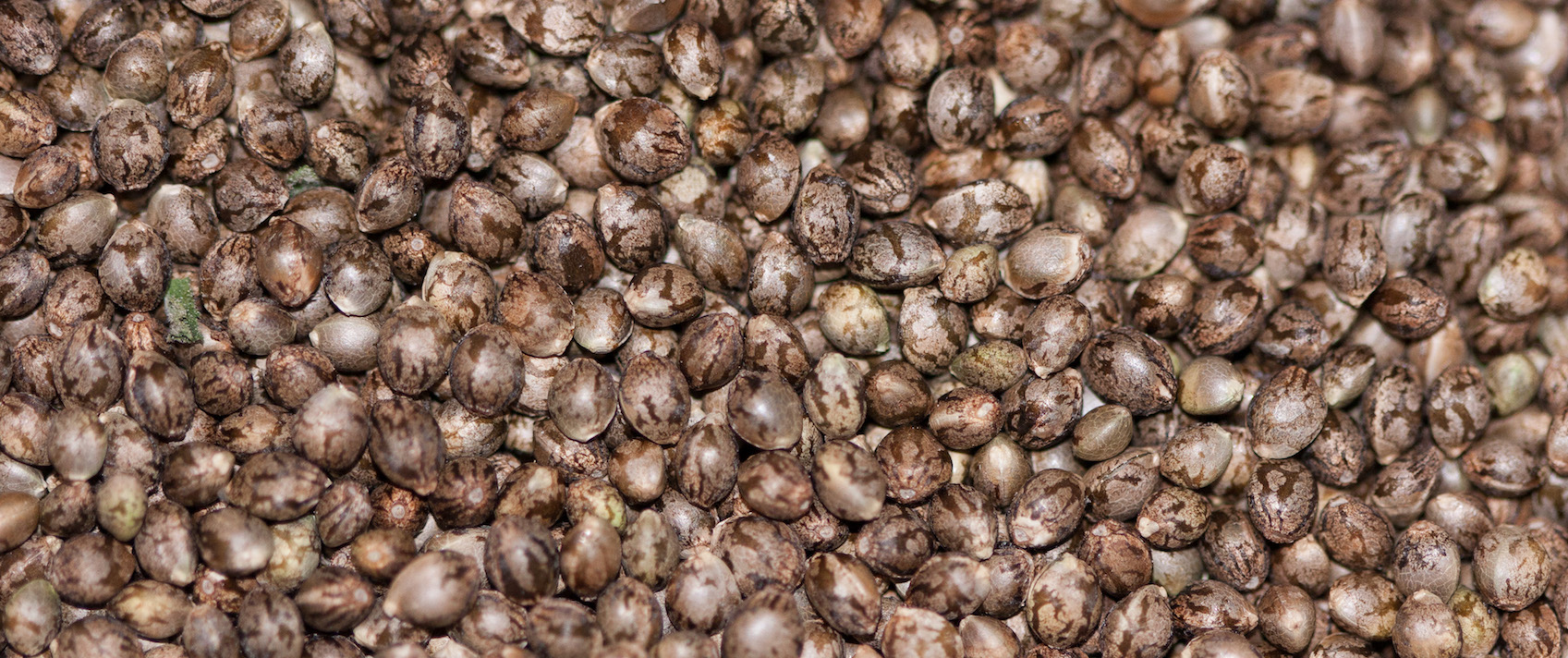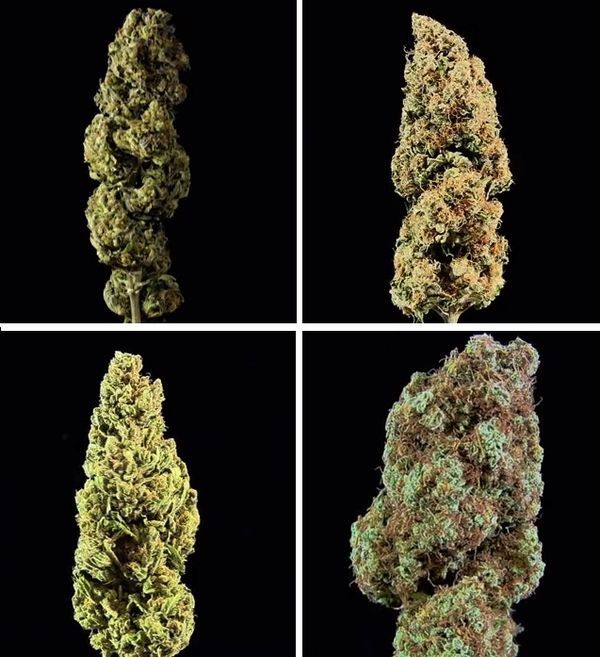- Feminised seeds: They contain solely female chromosomes and produce female plants in almost 100 percent of cases.
- Regular seeds: They carry either female (XX) or male (XY) chromosomes and can therefore produce both female and male plants.
- When it comes to making the choice of seed type, it will all depend on the purpose of your grow.
- Below you will find the main differences between feminised and regular seeds so that you can choose the seed type that suits you best.

Today's cannabis market offers a wide range of seeds to pick from, and from feminised and regular to autoflowering, as well as quick and THC- or CBD-rich, they all come with their own set of particularities. Luckily, we have the lowdown on the differences between regular and feminised seeds - two major categories that have given rise to the rest of groups - the main difference being the sex of the plants they produce.

In fact, not that long ago, seed catalogues were divided only into these two categories. Then it came time for autoflowering seeds, followed by CBD-rich and quick versions, and innovations in the field of breeding are sure to bring further subdivisions. In the early days of cannabis, though, all seeds were regular.
In this post, we're going to focus on these two main cannabis seed groups, including aspects like their origin, their role in crops and how breeding has transformed them. Still, it ultimately comes down to one difference: while the plants produced by regular seeds may be male or female, feminised seeds will invariably produce female plants.
To put it differently, while feminised seeds are a sure source of buds, this is not always the case for regular seeds. This may seem a minor matter, but in actual fact the ability of a cannabis plant to always produce buds is one of the most sought-after features by most growers - a dream come true. Others, though, prefer to grow seeds that may produce male plants. But how can that be?
Let's have a closer look at the characteristics of each seed type.
Feminised cannabis seeds
Definition
Feminised seeds contain solely female chromosomes and produce female plants in almost 100 percent of cases.
Origin
Feminised seeds are not found naturally in plants. Seeds occurring in nature produce either female or male plants, the former bearing buds - resin-covered calyx and stigma bunches - and the latter, pollen flowers.
Generally, cannabis is grown for buds. The reason for this is because cannabinoids, the active ingredients found in cannabis that have an effect on the body, occur neither in the leaves or stems but in the flowers. And these flowers, known to cannabists as buds, are produced exclusively by female plants. There was a time when the idea of having seeds that would invariably result in buds was simply utopian, but thanks to breeding, at the turn of the millennium the impossible became possible.
Stabilisation of the sex of plants: Checked
In 2018, the possibility to always grow feminised seeds with the certainty that the plants will produce a crop of buds brimming with cannabinoids is the most normal thing in the world, but back in 2005 it was quite the opposite. Feminised seeds hit the market in the 1990s thanks to Dutch Passion, and Dinafem Seeds was one of the first seed banks to market quality seeds - big, mature and stable grains. In the words of Professor OG, this was achieved by "selecting female plants whose sex expression was pure, with no intersex traits, so as to ensure sex stability in feminised seeds."
Reasons to grow feminised seeds
If you grow for buds and your aim is to obtain plenty of bags full of flowers, then you should only grow seeds that can flower, i.e. feminised seeds.
Regular cannabis seeds

Definition
Regular seeds carry either female (XX) or male (XY) chromosomes and can therefore produce both male and female plants. Genetically unmodified, these seeds occur naturally in the environment and do not undergo chemical processes of any sort.
Reasons to grow regular seeds
- You want to produce seeds
Because seeds are the result of the crossing between male pollen and a female ovule, the production of regular seeds involves using plants of both sexes.
- You want to grow mother plants to take cuttings
There is a common misconception that regular seeds are to be preferred when growing mother plants on the grounds that they allow to avoid hermaphroditism. Plants with both male and female sex organs, however, are not unique to regular seeds. Under conditions of stress - a sudden change of photoperiod, lack of water, overfertilization - female and feminised plants can exhibit male traits too - the dreaded 'bananas'.
The widespread belief that regular seeds produce better results when it comes to mother plants is therefore not strictly true, so you might as well use feminised seeds. In fact, if you're considering to grow a mother produced by a feminised seed, growing a feminised mother will be your only choice. To give you an example, if you want to grow a Moby Dick mother to produce Moby Dick cuttings, you'll have no choice but to keep a feminised Moby Dick in the vegetative state, simply because Moby Dick's regular version has never been created.



Comments from our readers
Did you like this post?
Your opinion about our seeds is very important to us and can help other users a lot (your email address won't be made public).